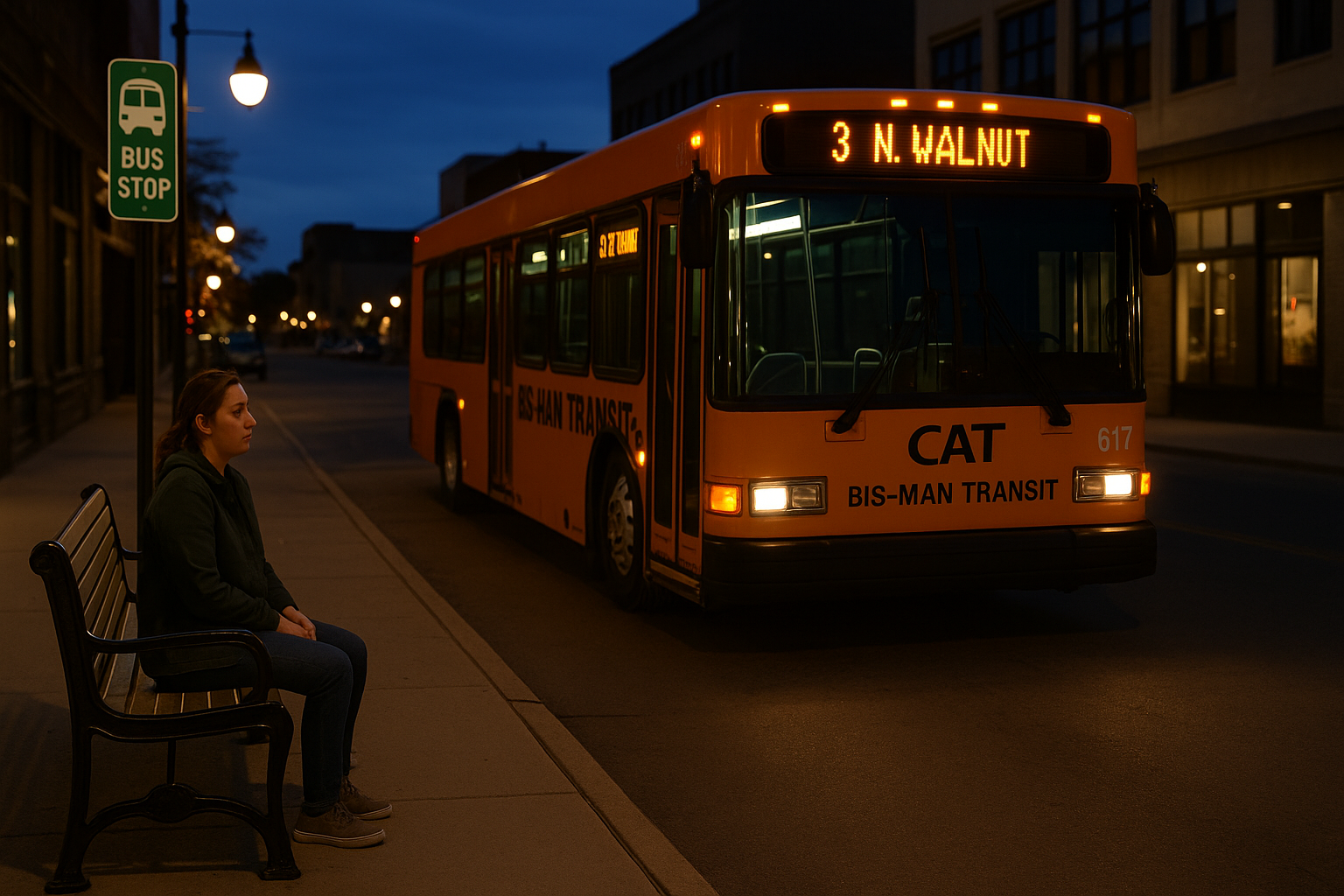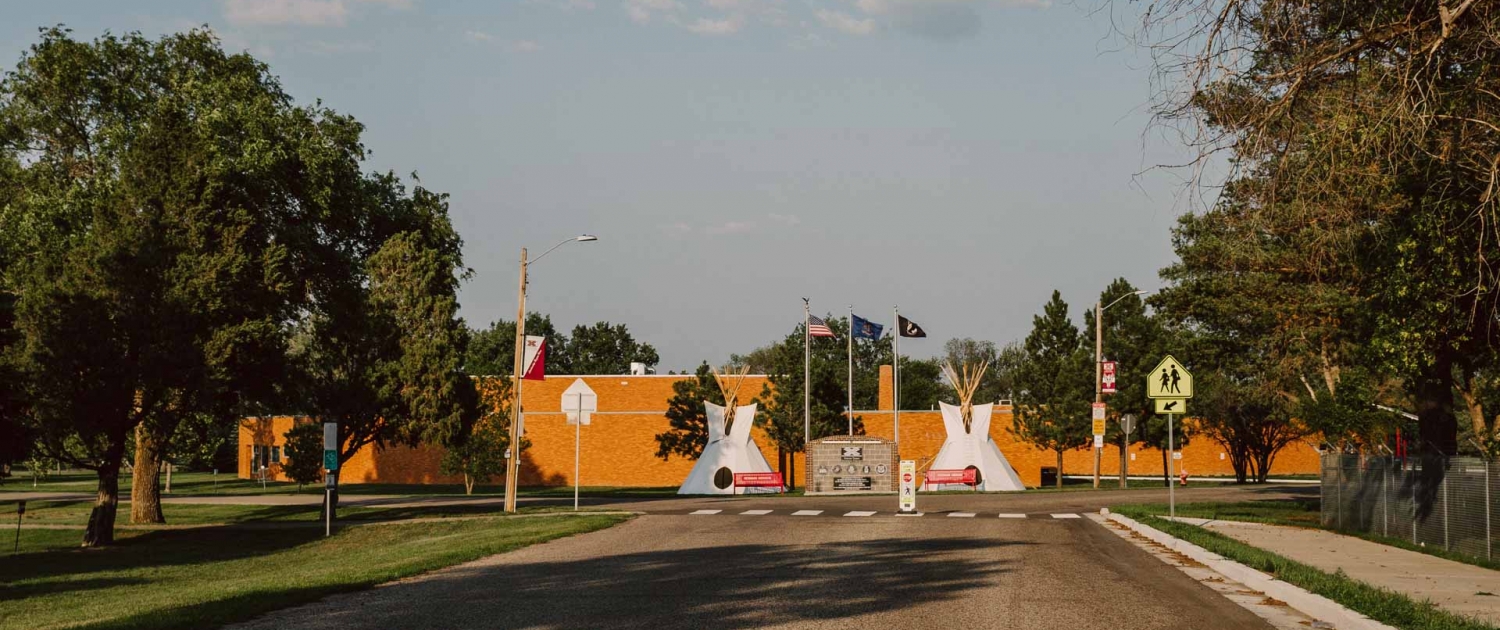In October 2025, Bismarck’s public transit provider, Bis-Man Transit (CAT), is considering whether to revisit the idea of late-night service for its six fixed routes. The system currently operates only until around 7 p.m. on weekdays and Saturdays and has no service on Sundays.
With expanding suburbs and a growing demand for after-hours mobility, city officials are weighing low ridership, safety concerns, and cost-inefficiency as key hurdles in deciding if—and how—to add late-night routes.
The fixed-route system operated by Bis-Man Transit covers Bismarck and Mandan along six flag-down routes.
Weekdays: ~6:30 a.m. to 7:00 p.m.
Saturdays: ~8:00 a.m. to 7:00 p.m.
No service on Sundays.
As Bismarck grows outward into lower‐density suburban areas, the demand for later evenings becomes more relevant—especially for shift workers, nightlife patrons, and those without cars. However, transit-system planners face three major trade-offs:
Fewer riders later in the evening: With most routes winding down around 7 p.m., midnight or later service would likely carry very low volumes in a diffuse city like Bismarck. That means higher cost per rider and less efficient operations.
Safety and security concerns: Evening transit often brings added concerns around lighting, driver safety, and stops in less‐populated zones. Ensuring safe waiting areas and stops across sprawling suburbs could increase operational overhead.
Cost-inefficiency in low-density areas: Suburban expanses with fewer riders per hour make revenue generation challenging—especially for late‐night hours when ridership drops sharply and dead‐head (empty) service increases.
“We hear from folks working 2nd or 3rd shift who say they’d like a reliable ride home after hours. But the numbers show we’d be serving maybe 1-2 people per hour on some routes at 10 p.m. in the suburbs,” says a representative of Bis-Man Transit’s planning team (name withheld).
“For a city like Bismarck, full 24-hour bus service may not make sense today. But we could explore targeted late‐night service on major corridors,” notes city transportation-planning consultant Jane Doe.
Local ride‐share driver Carlos Martinez says: “I cover nights anyway—but if there were a bus at midnight for $1.50 like daytime, many of my regulars would take it instead of a $20 ride.”
City officials are expected to host a public feedback session in November to gauge interest in one or more pilot late-night routes in Bismarck. They will examine data from the latest ridership collection (currently ongoing) and cost modelling for running buses later. A decision on whether to proceed with a pilot, adjust route density, or keep the current schedule is expected by early 2026.
As Bismarck continues to expand, the question facing our community is: Should we pay to keep the wheels turning after dark? With staffing, safety, and cost hurdles to clear, any move toward late-night transit will require both community backing and smart design. Local employers, shift-workers, and nightlife venues may have a lot to gain—but the battleground will be efficiency and practicality.
The coming months will tell whether CAT can bridge the late-night mobility gap or if the city will stick with its current early close-out.


